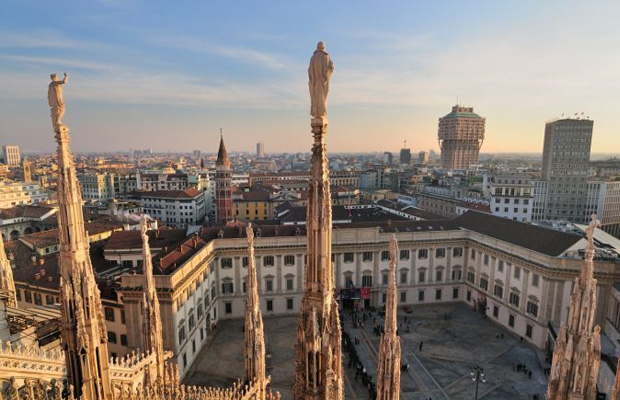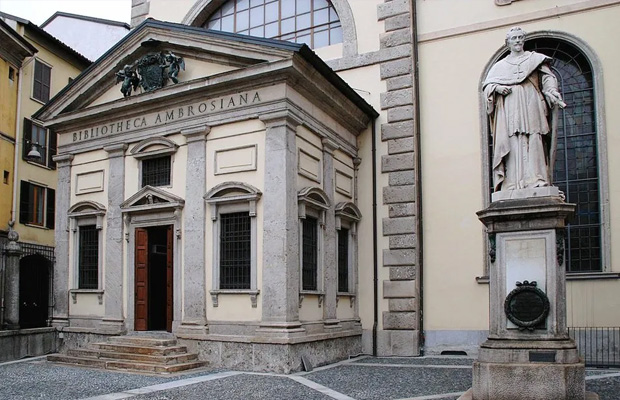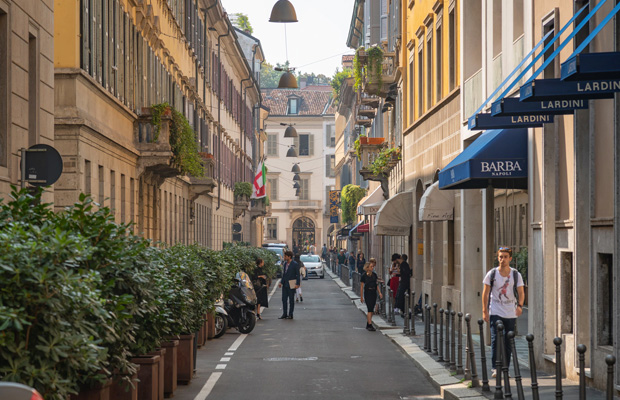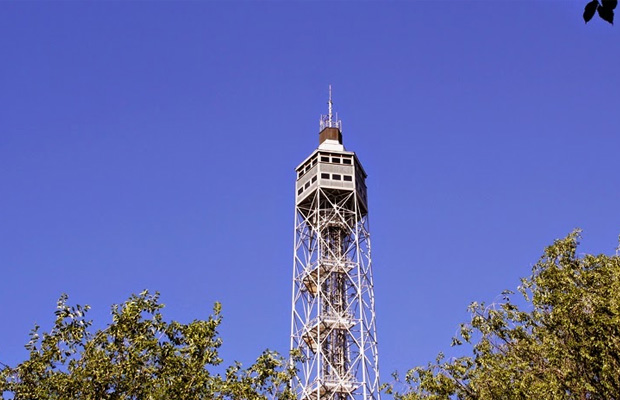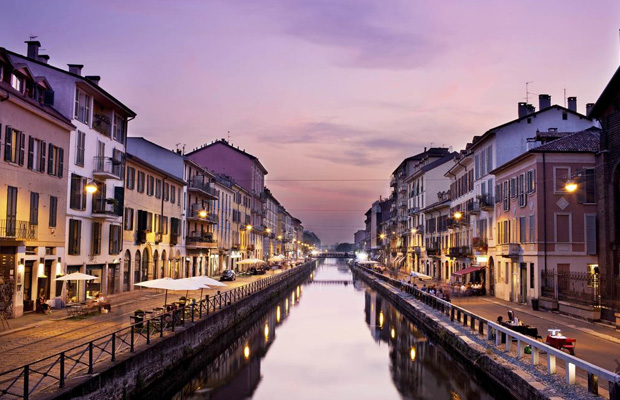Royal Palace Milan
Royal Palace Milan
Italy
Milan
Milan Travel Guide
Book Tour & Activities
Your tour in Milan.
Book your stay
Your hotel in Milan.
Overview
The Royal Palace of Milan was the seat of government in the Italian city of Milan for many centuries. Today, it serves as a cultural center and it is home to international art exhibitions.
The Royal Palace of Milan was the seat of government in the Italian city of Milan for many centuries. Today, it serves as a cultural center and it is home to international art exhibitions. It spans through an area of 7,000 square meters and it regularly hosts modern and contemporary art works and famous collections in cooperation with notable museums and cultural institutions from across the world. More than 1,500 masterpieces are on display annually. It was originally designed to include two courtyards but these were later dismantled to make room for the Duomo. The Palazzo is located to the right of the Duomo's facade, opposite to Galleria Vittorio Emanuele II. The facade of the Palazzo creates a recess in Piazza del Duomo which functions as a courtyard, known as the Piazzetta Reale. The famous Hall of Caryatids can be found on the main floor of the building, heavily damaged by World War II's air raids. After the war the Palazzo remained abandoned for over two years and its condition further deteriorated. Many of the Palazzo's neoclassical interiors were lost in this period.
History
Origins
The royal palace has ancient origins. It was first called "Palazzo del Broletto Vecchio", and it was the seat of city's government during the period of medieval communes in the Middle Ages.
The palace became a key political center under the Torriani, Visconti and Sforza households. After the construction of the Duomo Cathedral, the Palazzo was heavily renovated thanks to the efforts of Francesco Sforza's government.
16th century
Until the early 16th century, the Dukes of Milan had their official residence in Castello Sforzesco. When the Sforza dynasty ended and the French invaded Milan, this castle became progressively more a fortress apt for warfare rather than an elegant noble residence. It was therefore under the French rule of Louis XII and of François I that the court was moved to Palazzo Reale.
The Palazzo flourished under Governor Ferrante Gonzaga, who took permanent residence in Milan in 1546. The Gonzaga family refurbished and transformed the ducal court into a palace suitable for a governor, with expanded and newly inaugurated rooms dedicated to official functions. To pursue these expansions, governor Gonzaga demolished the old church of Sant'Andrea al Muro Rotto, annexing its land to the Palazzo's complex. An interior passageway in an enclosed courtyard was created to connect the royal palace to the Church of San Gottardo, which became at this time the official church of the court.
At the end of the 16th century, Governor Antonio de Guzman y Zuniga, Marquis of Ayamonte, recruited Pellegrino Tibaldi to conduct further renovation at the royal palace. Tibaldi, archbishop Charles Borromeo's trusted architect, was at the time already working on the Duomo, on the Archbishop's Palace and on Cortile dei Canonici. Between 1573 and 1598 he coordinated work at the royal palace which completed overhauled the pictorial decorations of the apartments' porticoes, of the private chapel and of the Church of San Gottardo. Several major artists of the time attended to this work: Aurelio Luini, Ambrogio Figino, Antonio Campi and naturally Pellegrino Tibaldi himself. Some stuccoes and Gothic works were created by Valerio Profondavalle, a Flemish artist-impresario who had also worked on the windows of the Duomo.
It is in this time that the Court Theater was completed, the first of a series of theaters built in Milan only to be lost to fire and replaced, until eventually La Scala was erected in the 18th century.
See Royal Palace Milan on Map
Most Popular Cities

Siem Reap
Cambodia
Ho Chi Minh City
Vietnam
Beijing
China
Paris
France
London
United Kingdom
New York
USA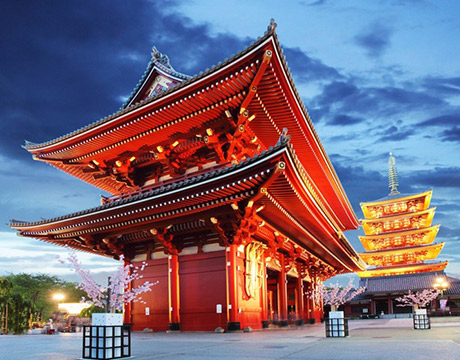
Tokyo
Japan
Bangkok
Thailand
Seoul
South Korea
Vientiane
Laos
Yangon
Myanmar
Washington DC
USA
Los Angeles
USA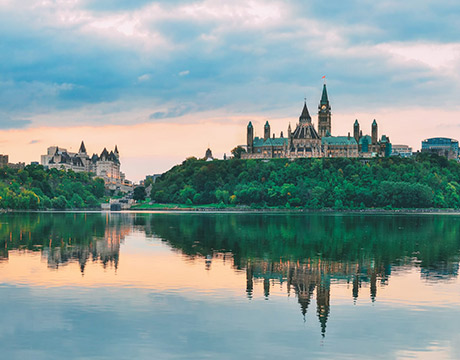
Ottawa
Canada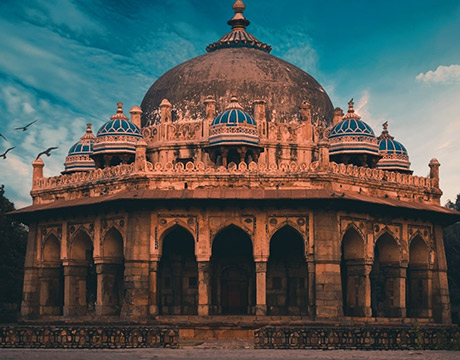
New Delhi
India
Singapore
Singapore
Kuala Lumpur
Malaysia
 English
English French
French Khmer
Khmer Thai
Thai Vietnamese
Vietnamese Chinese
Chinese Korean
Korean German
German Japanese
Japanese Italian
Italian Russian
Russian Spanish
Spanish Dutch
Dutch Indonesian
Indonesian Malay
Malay
